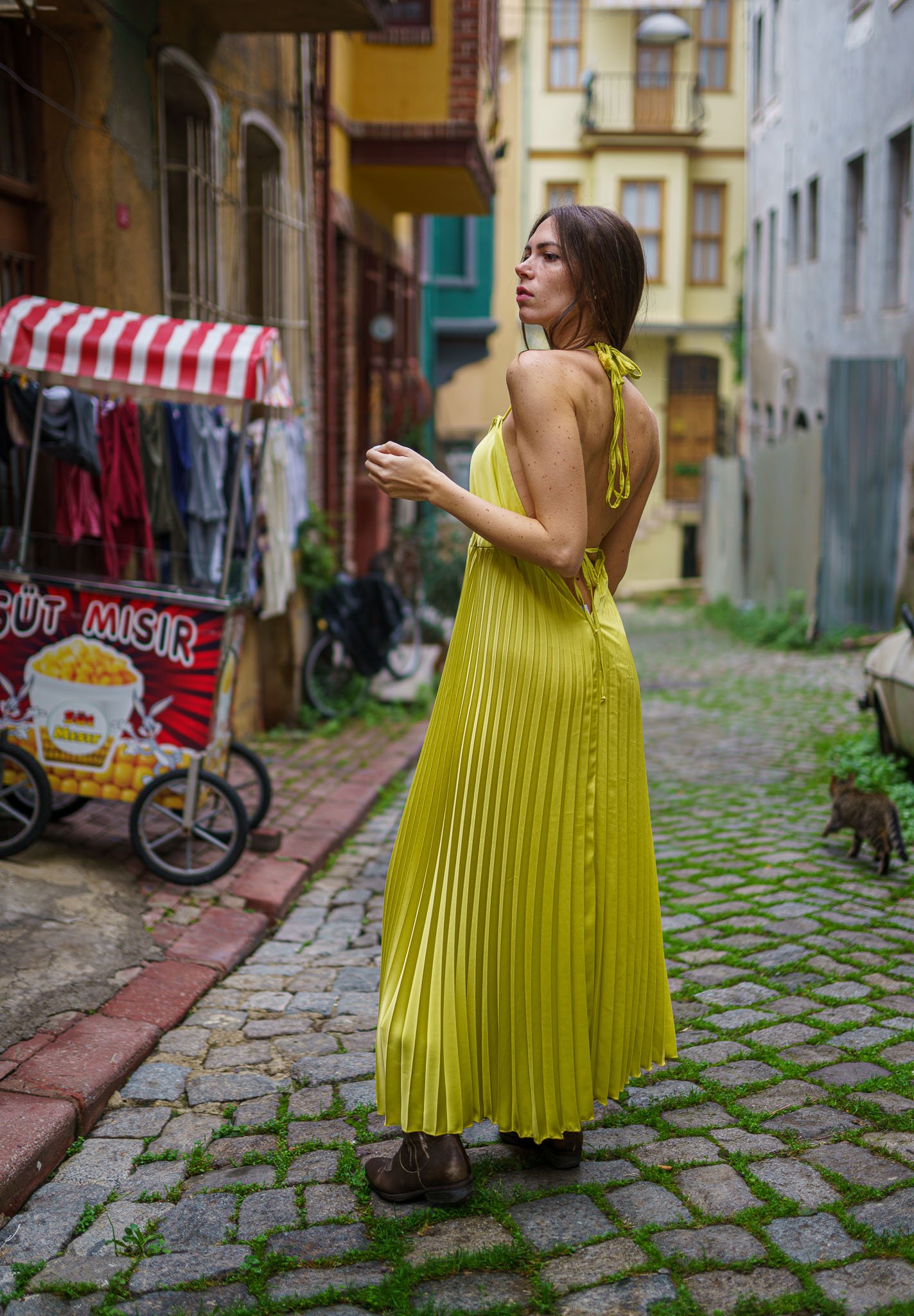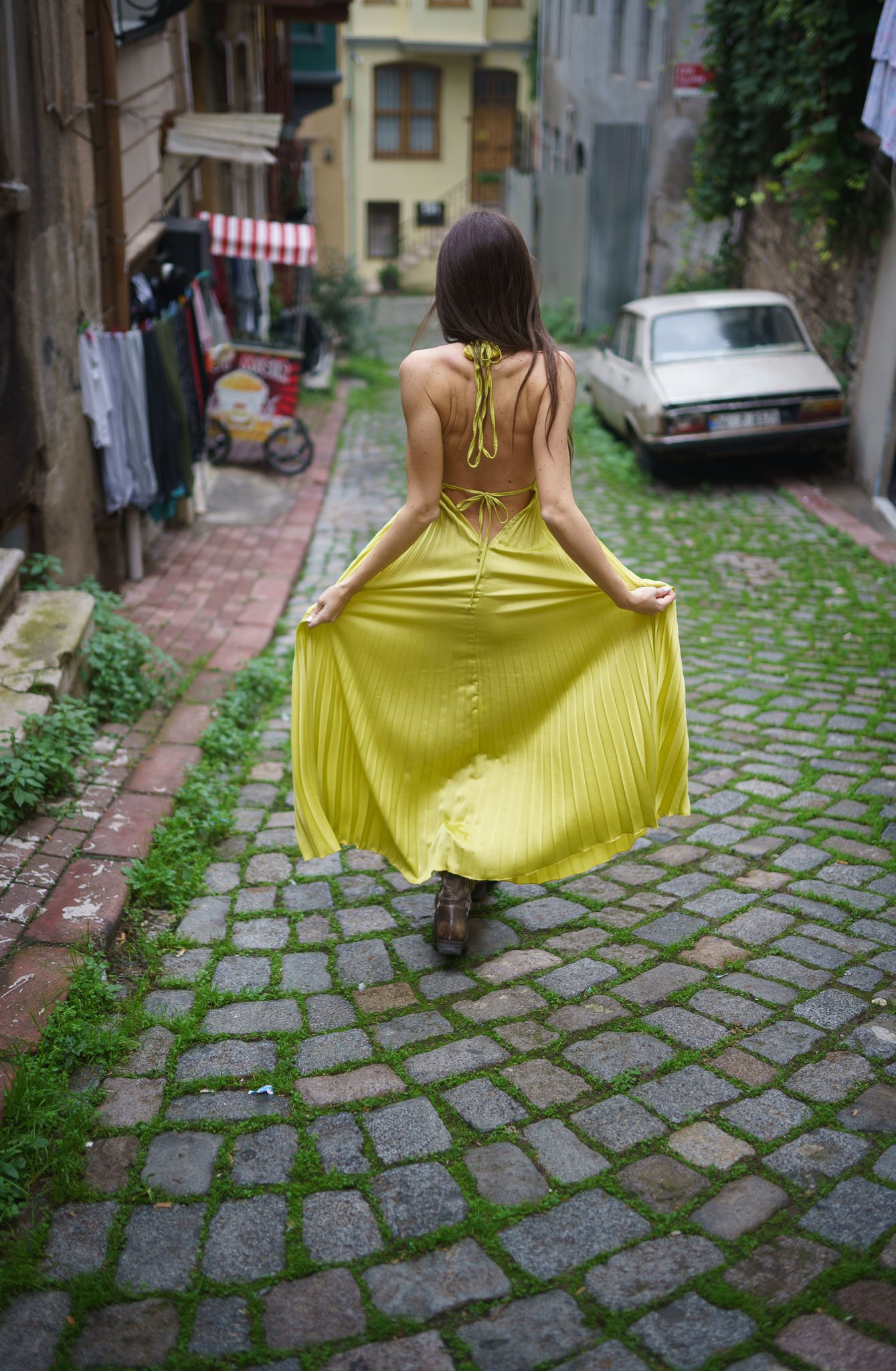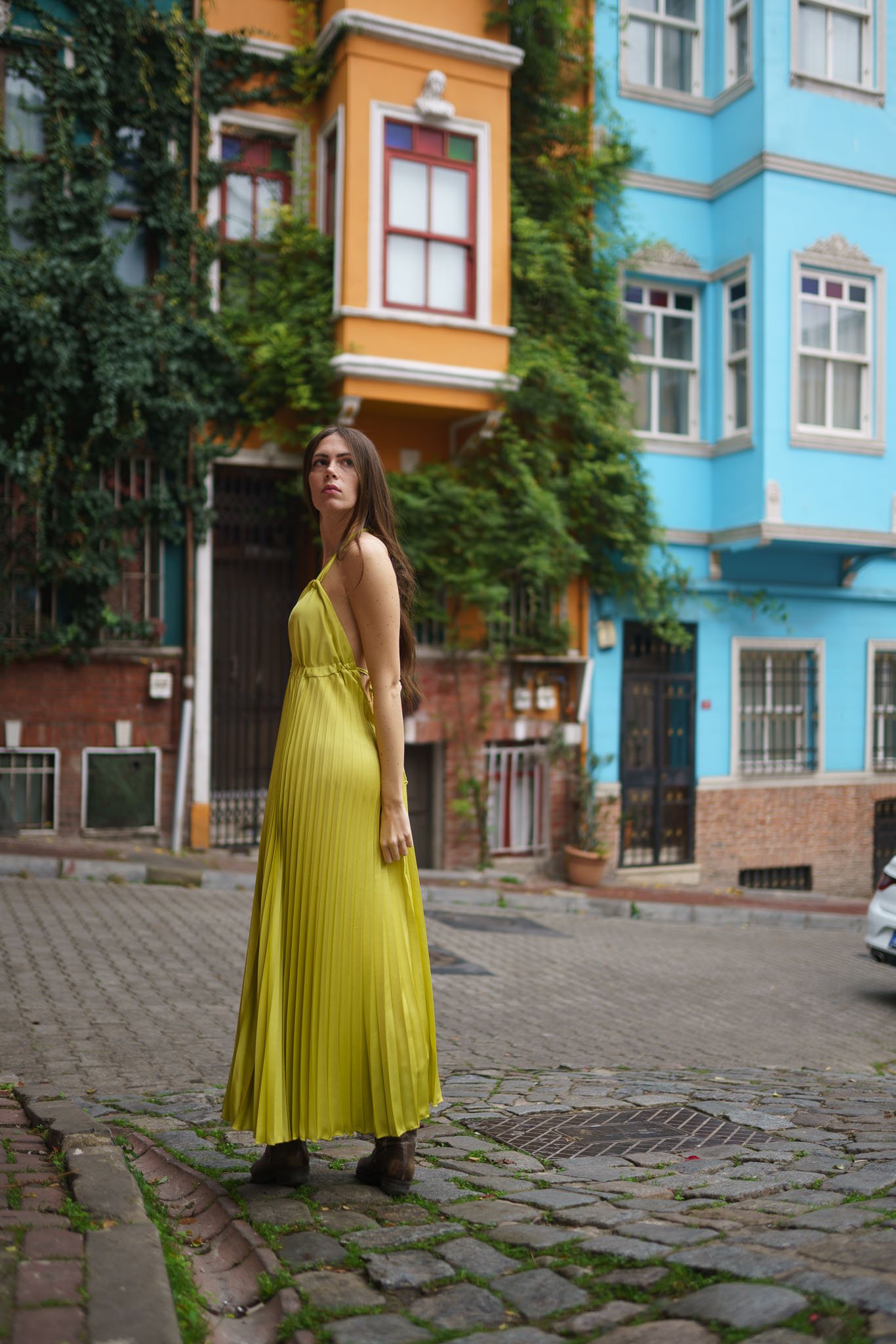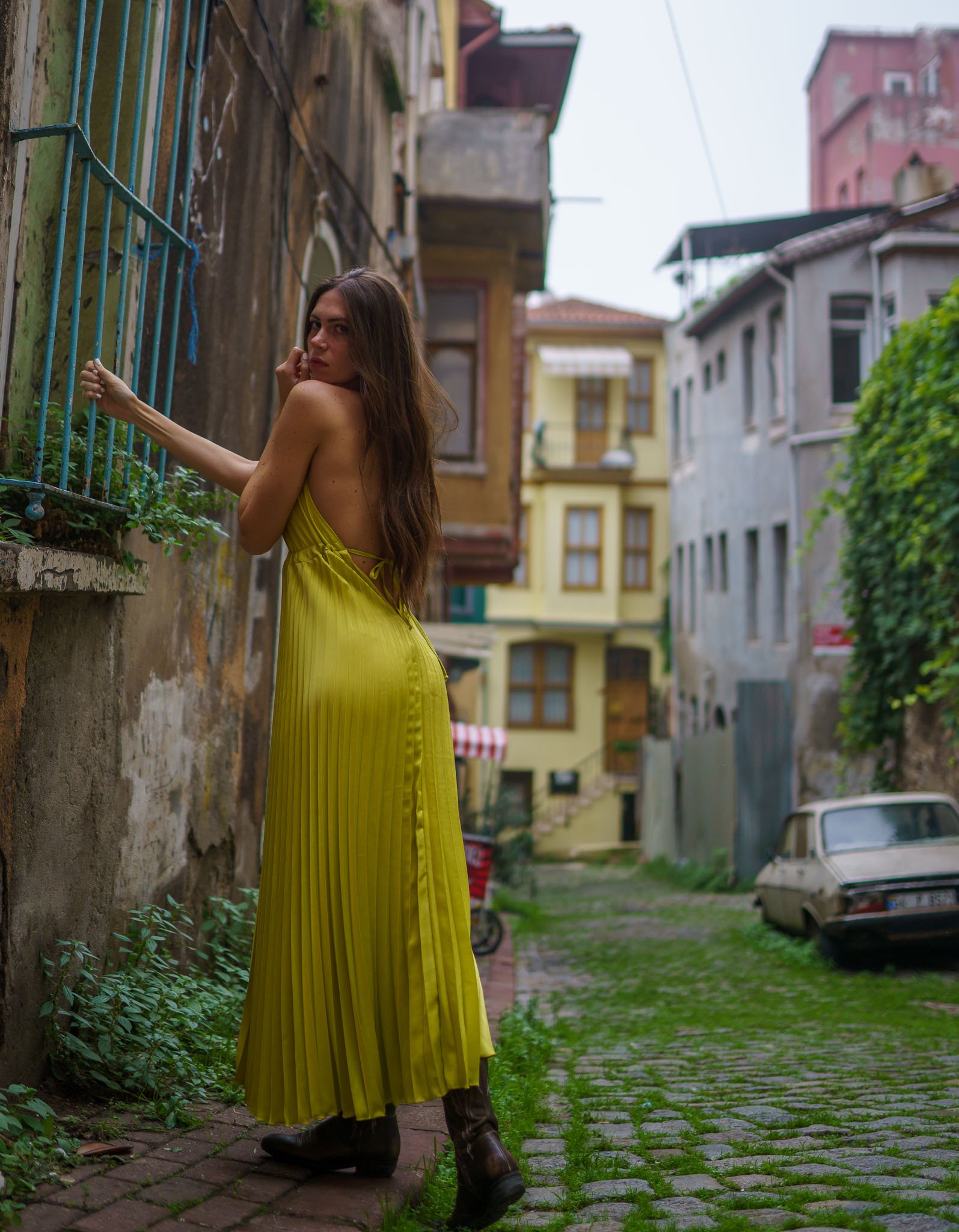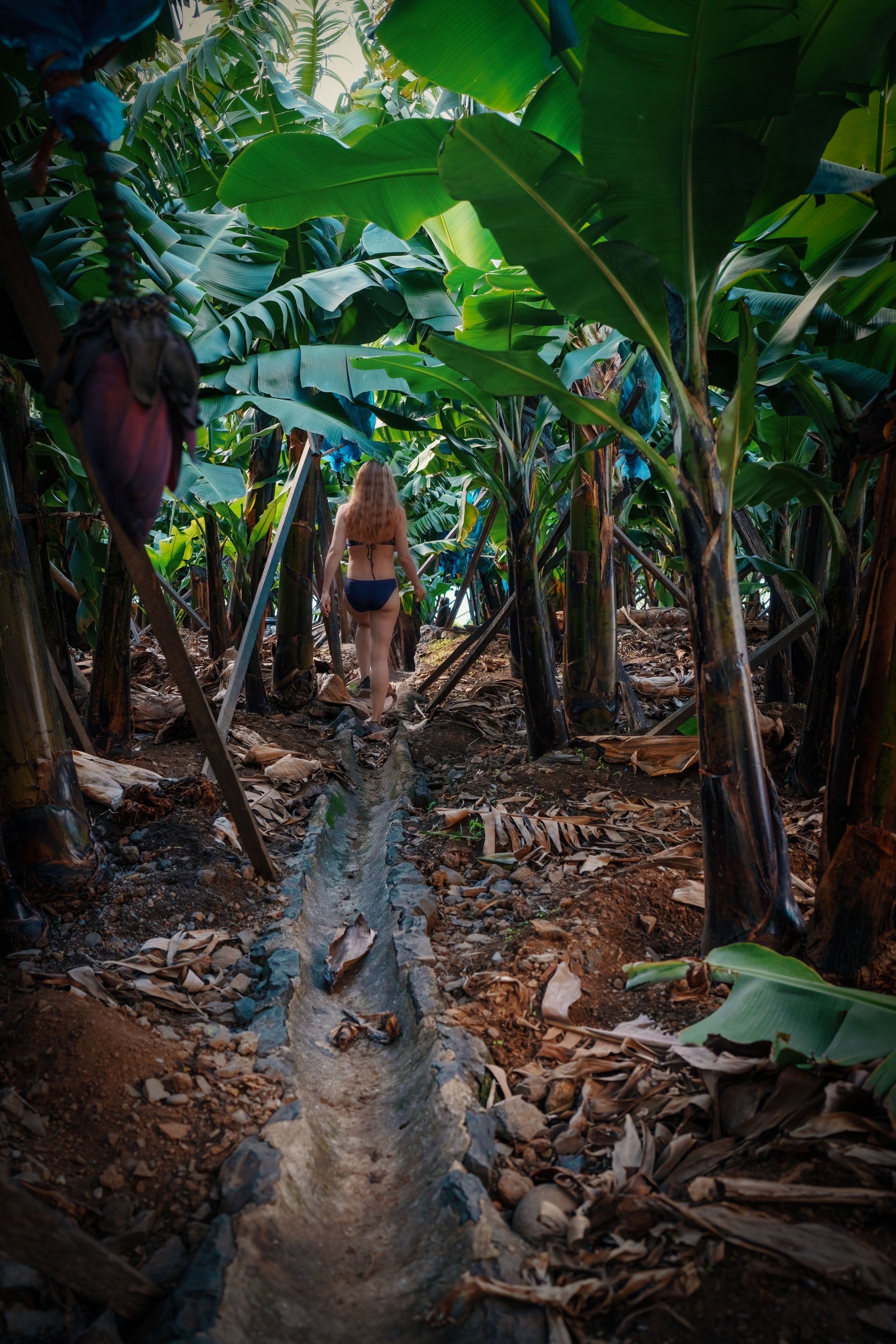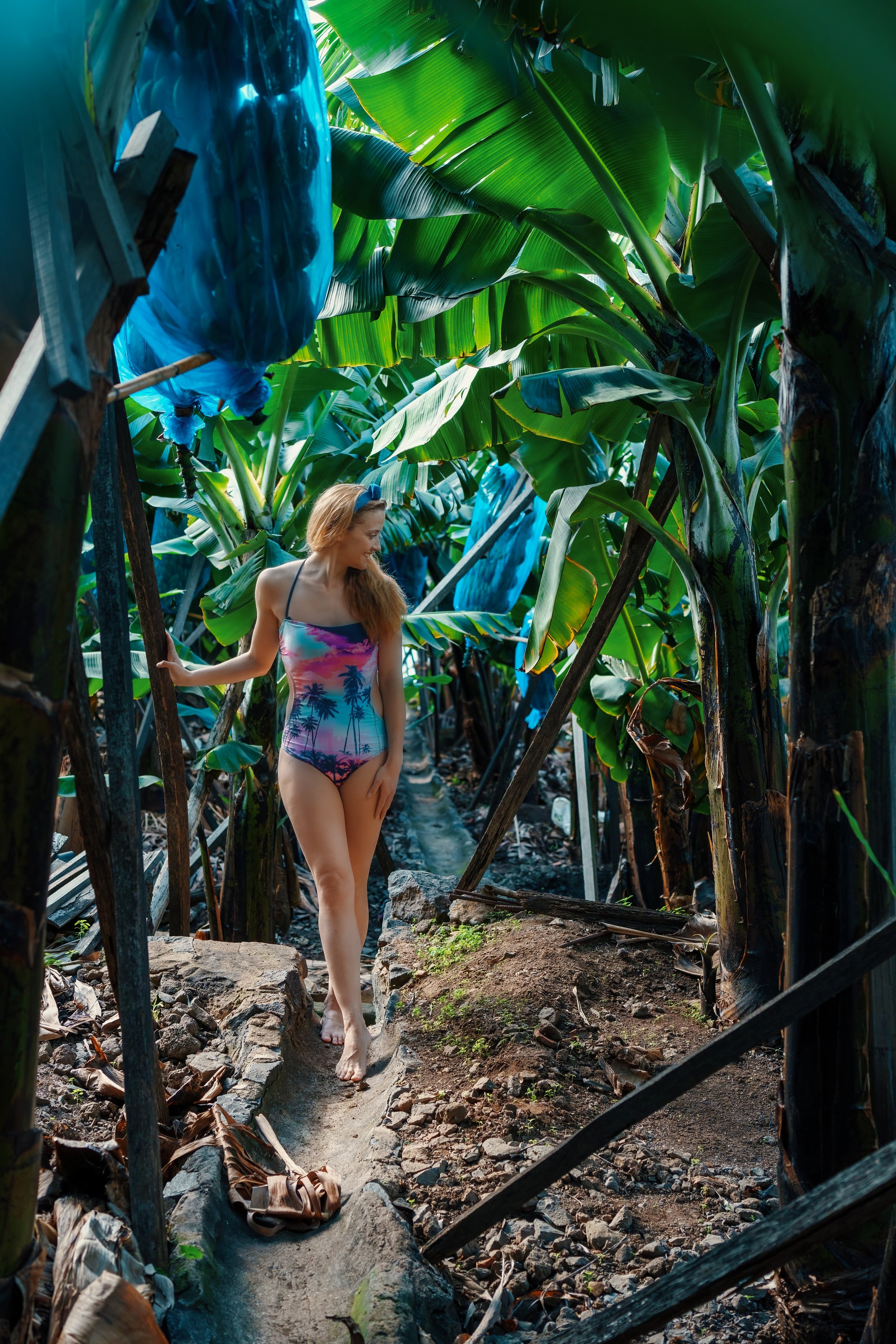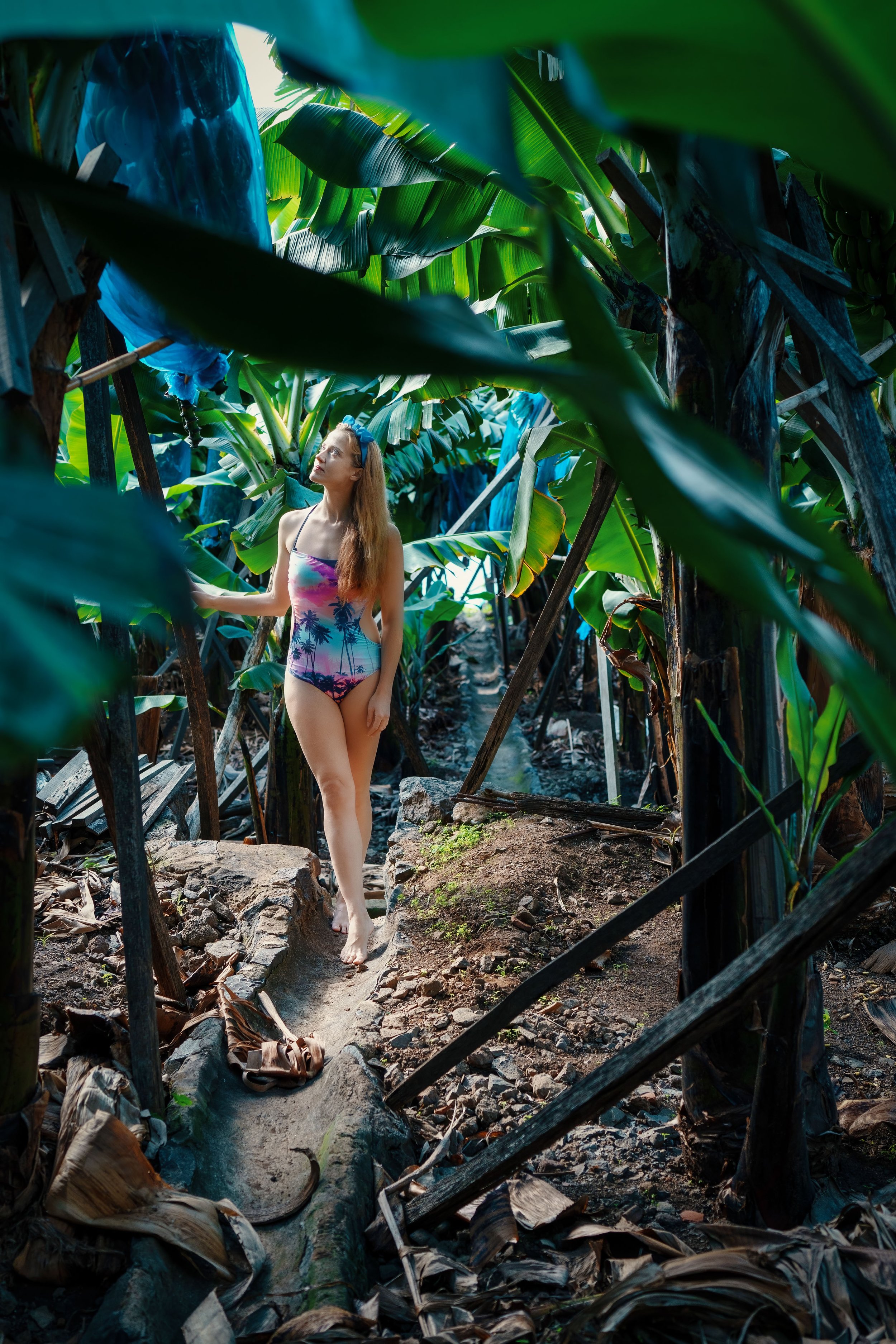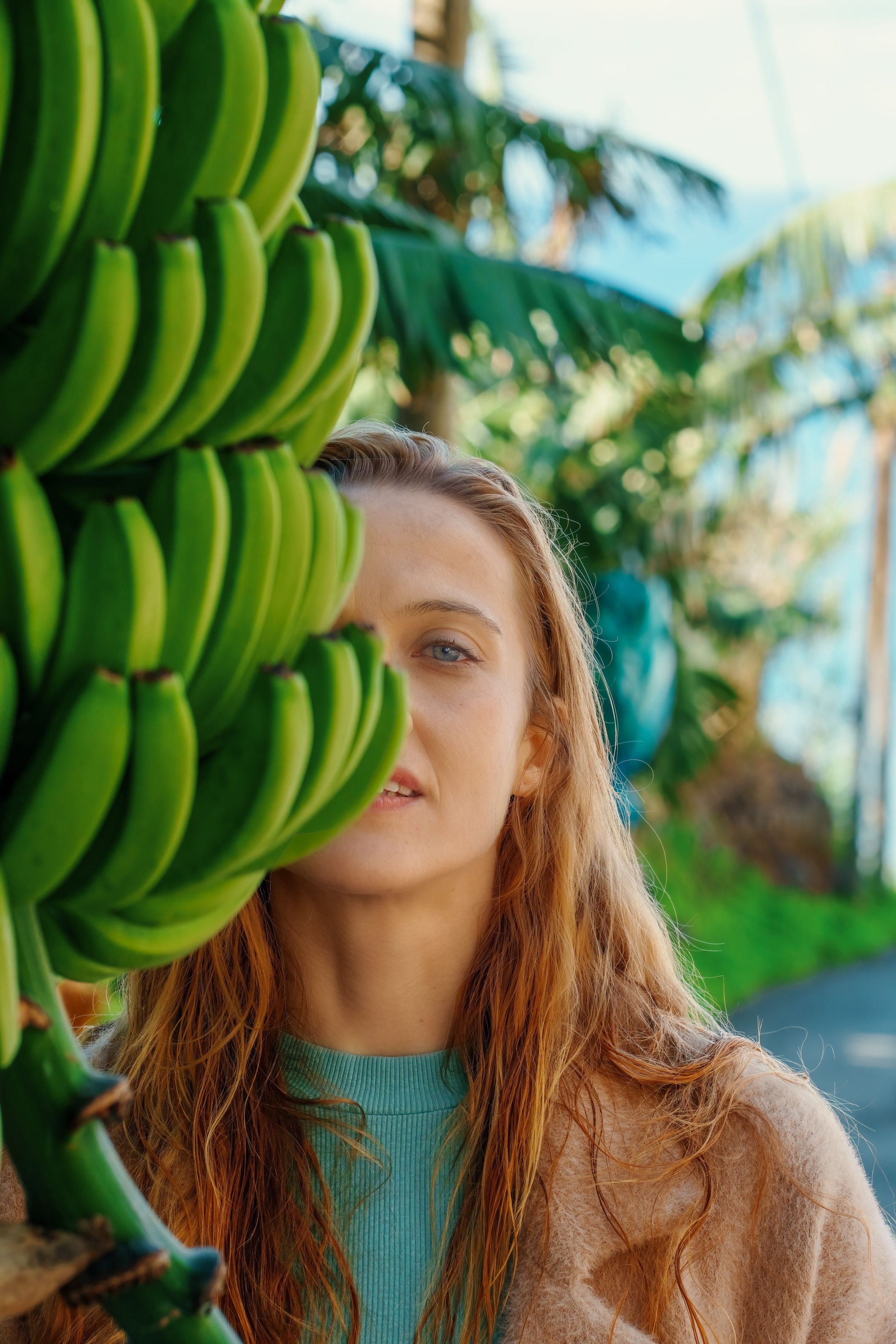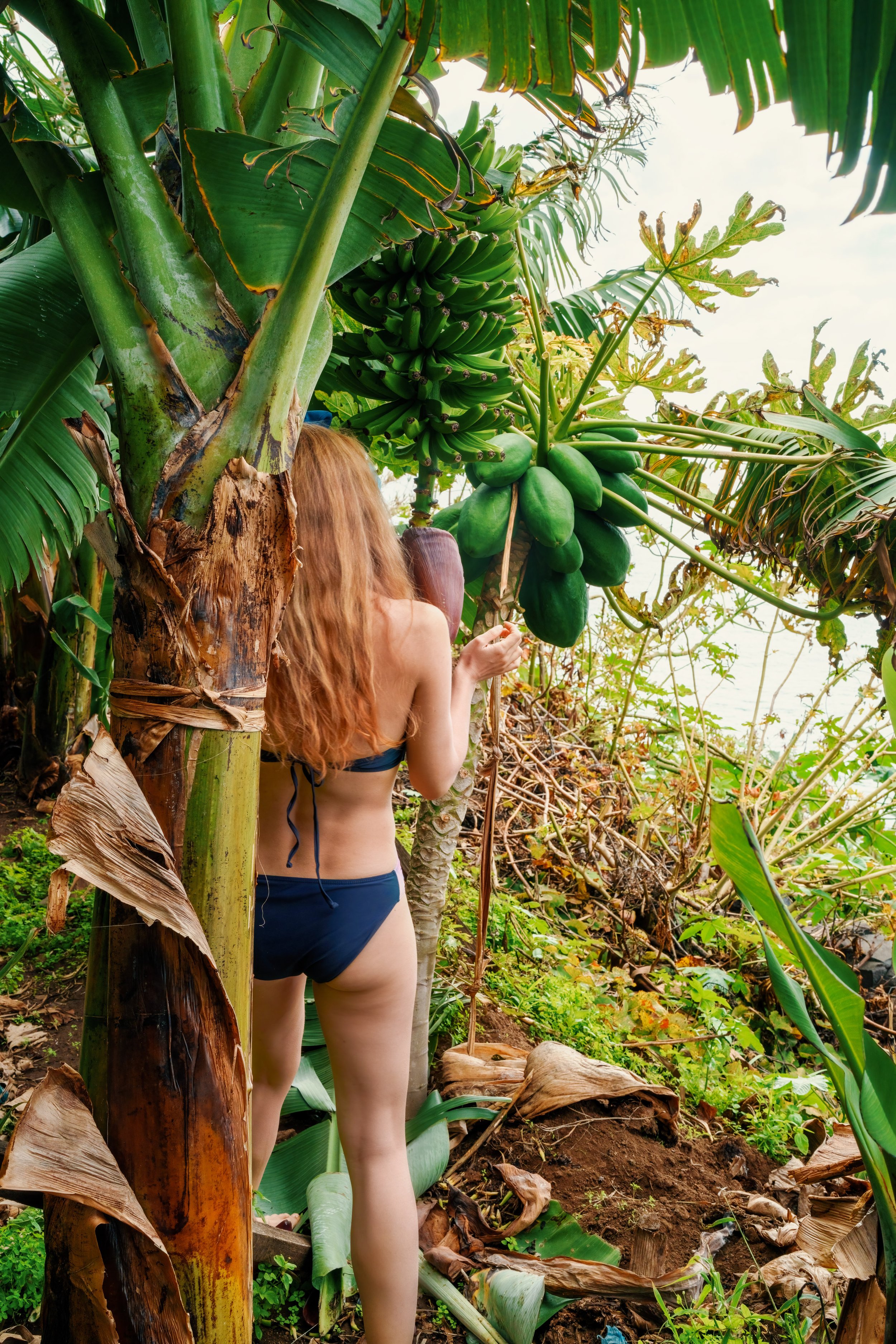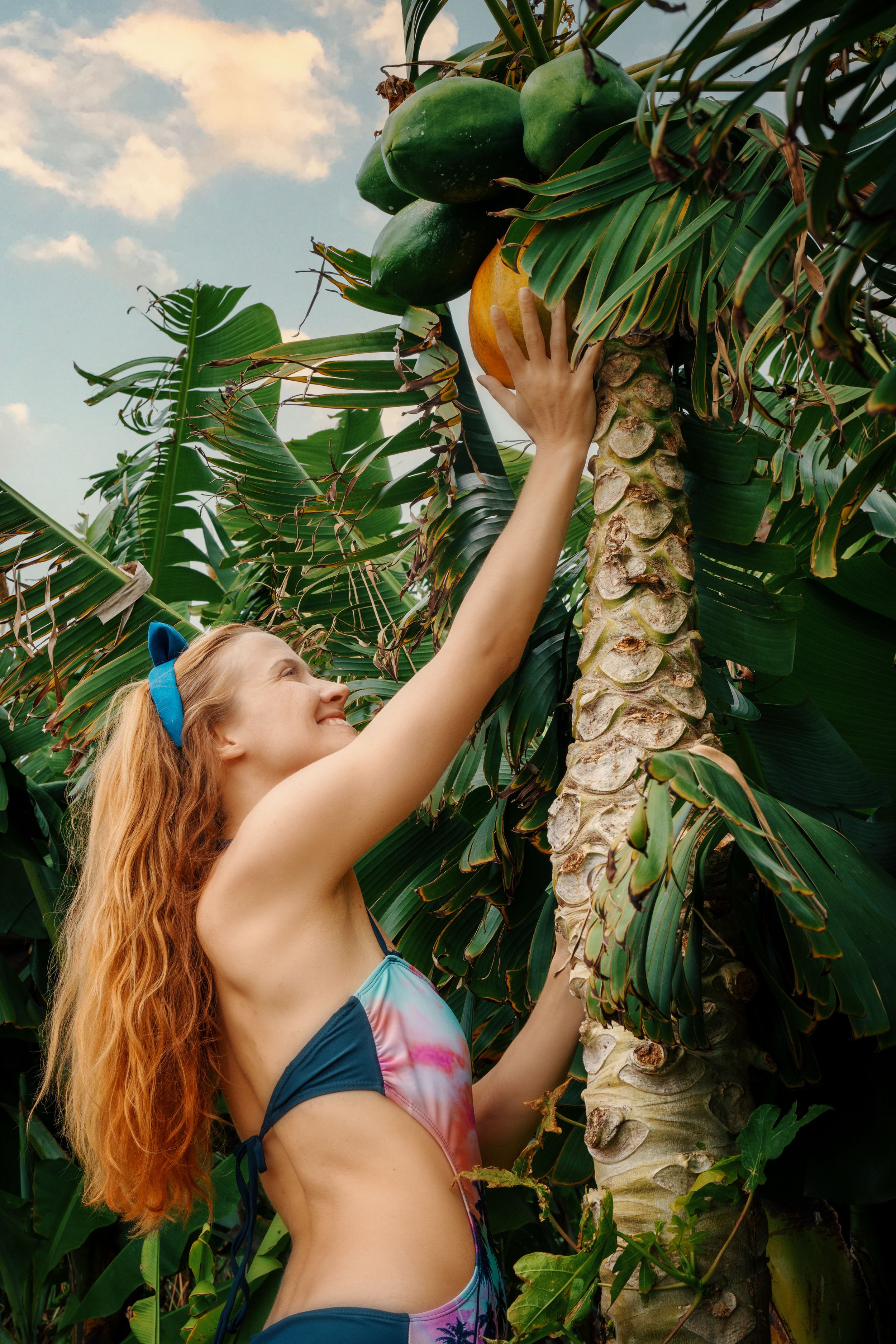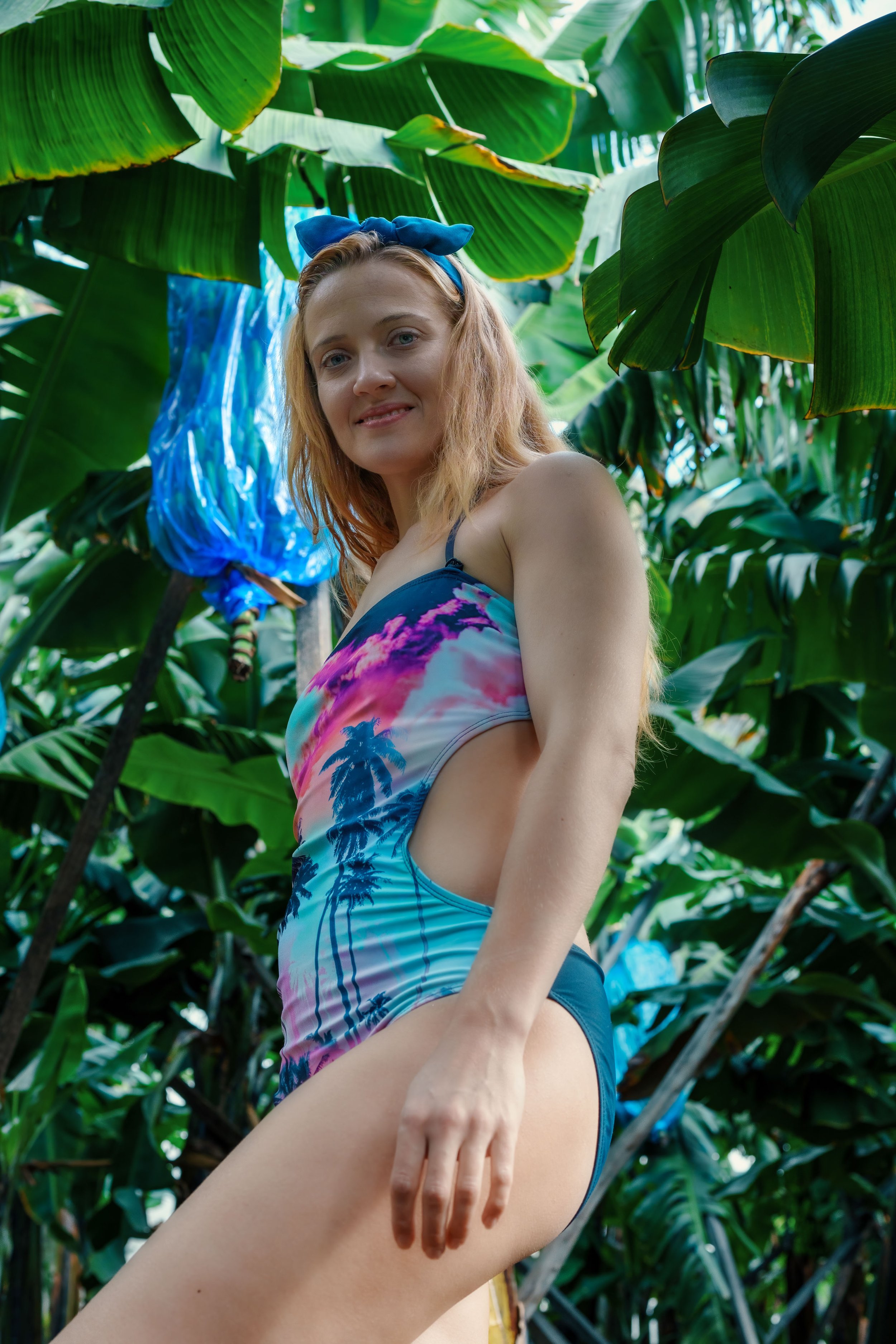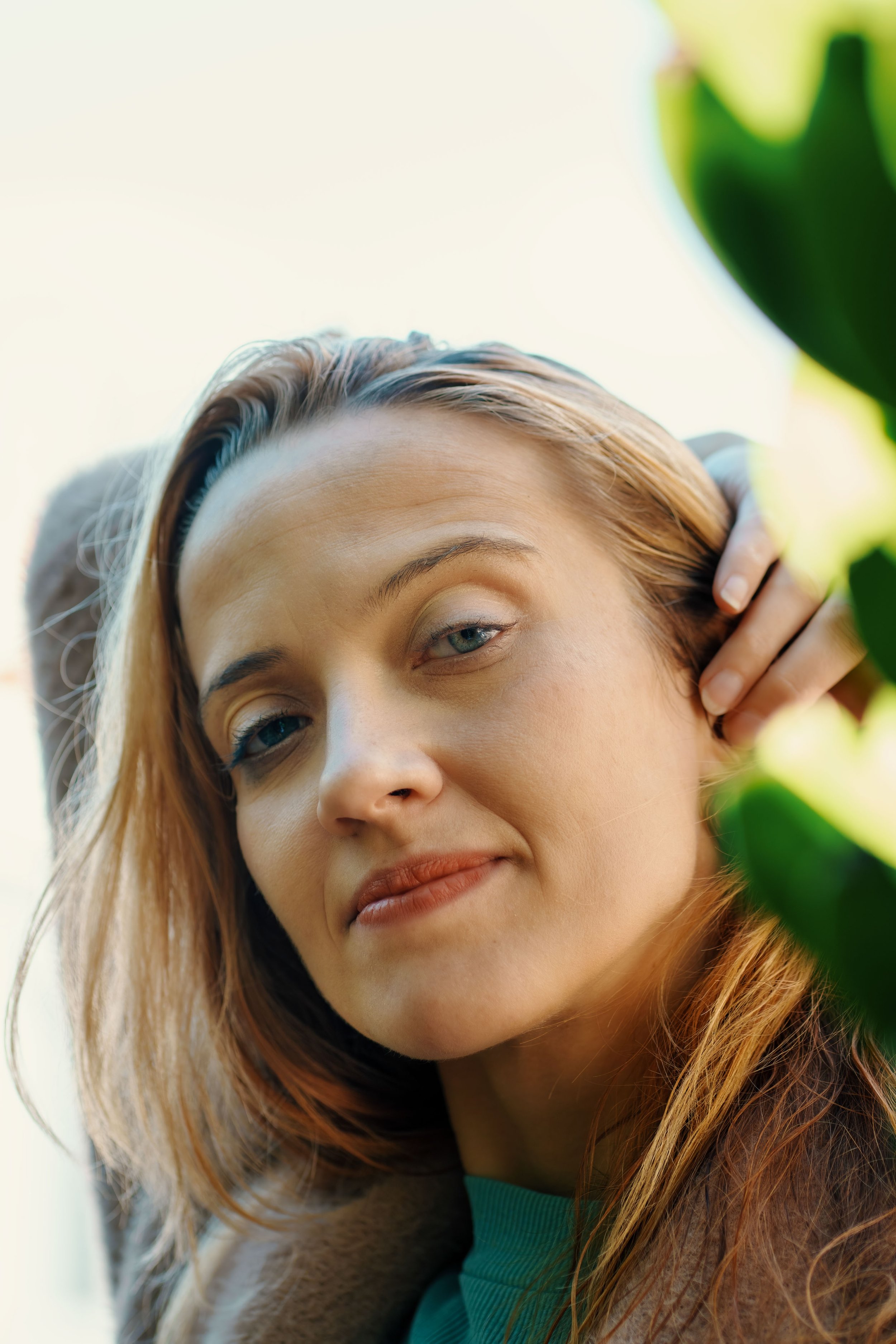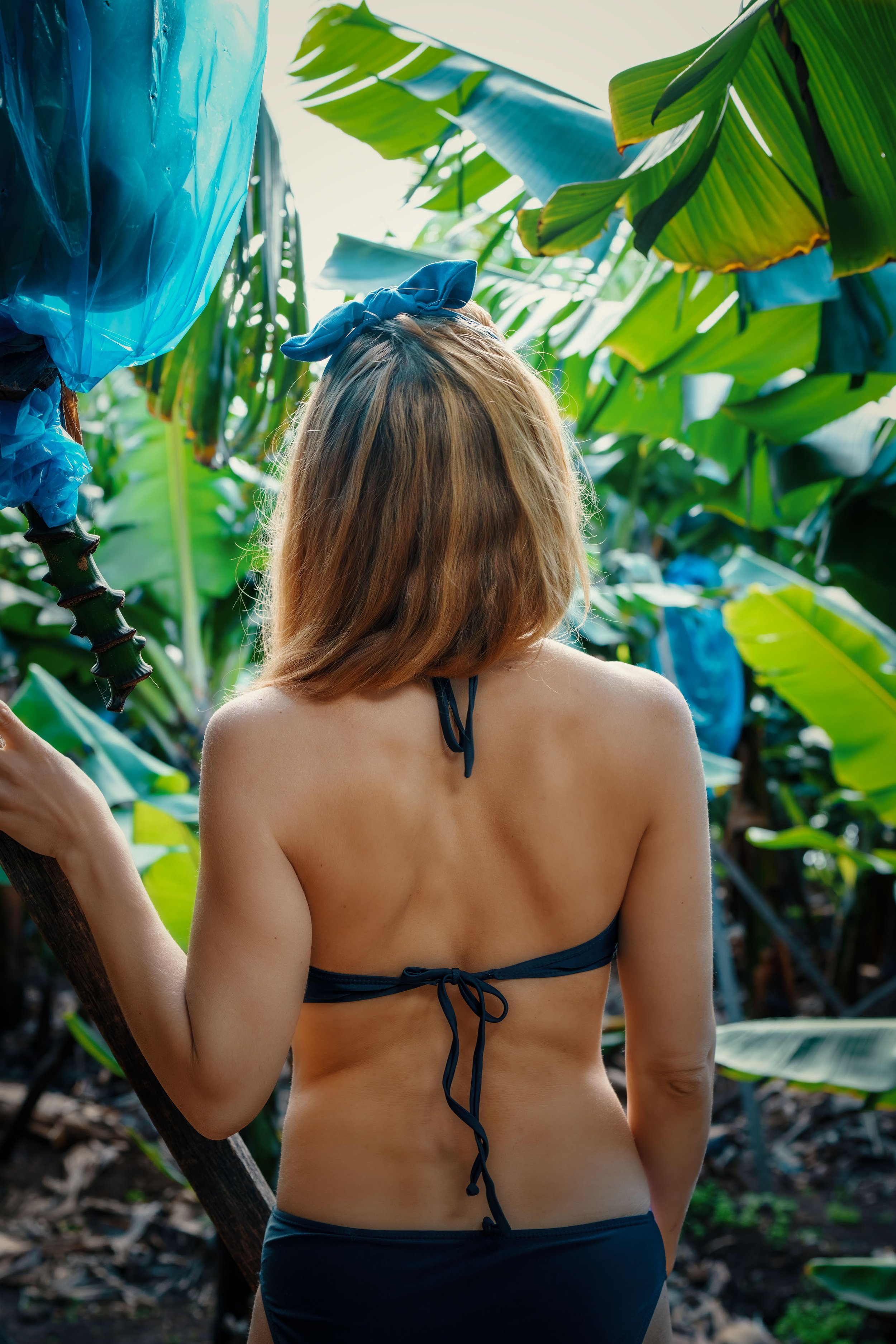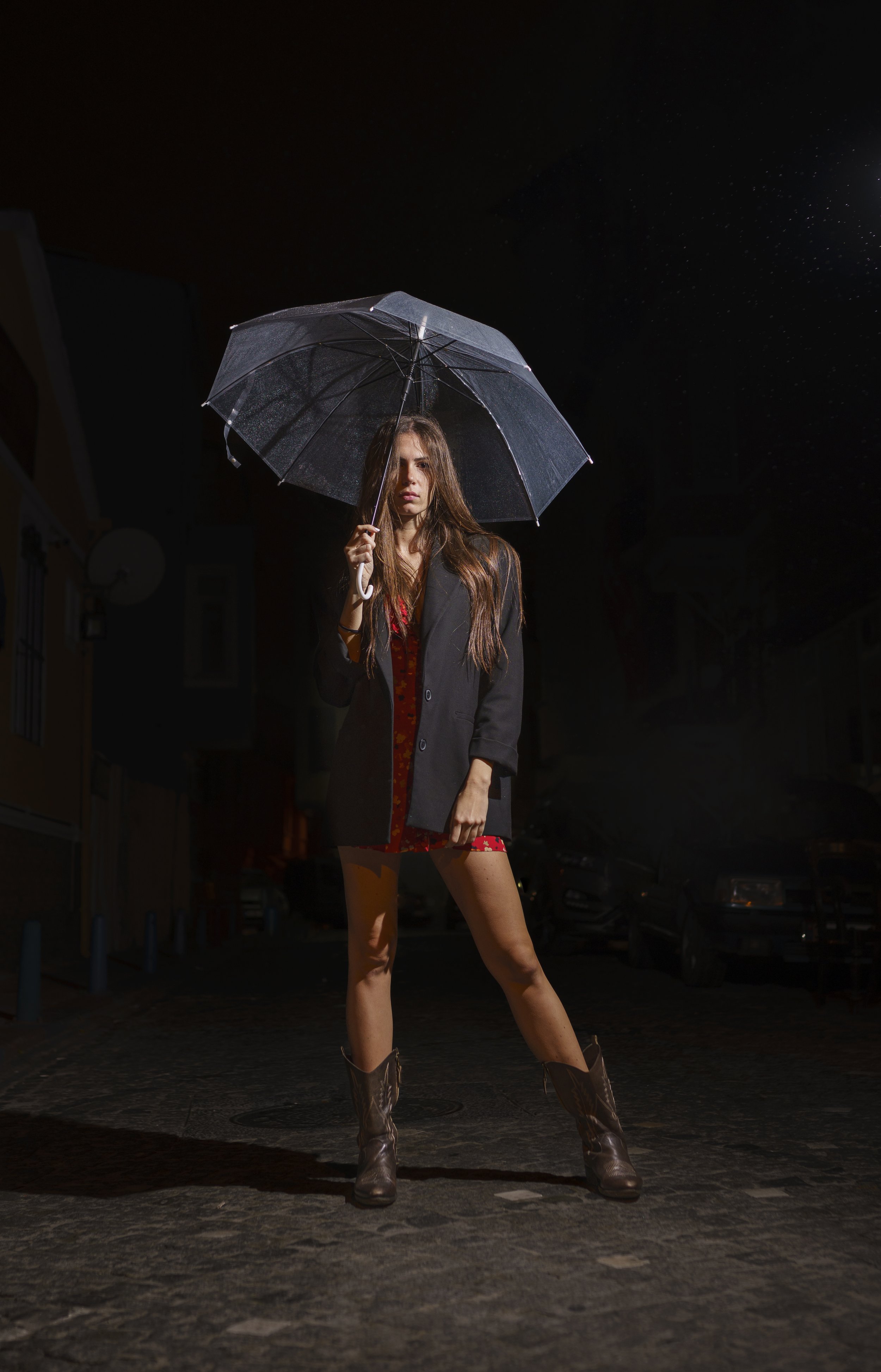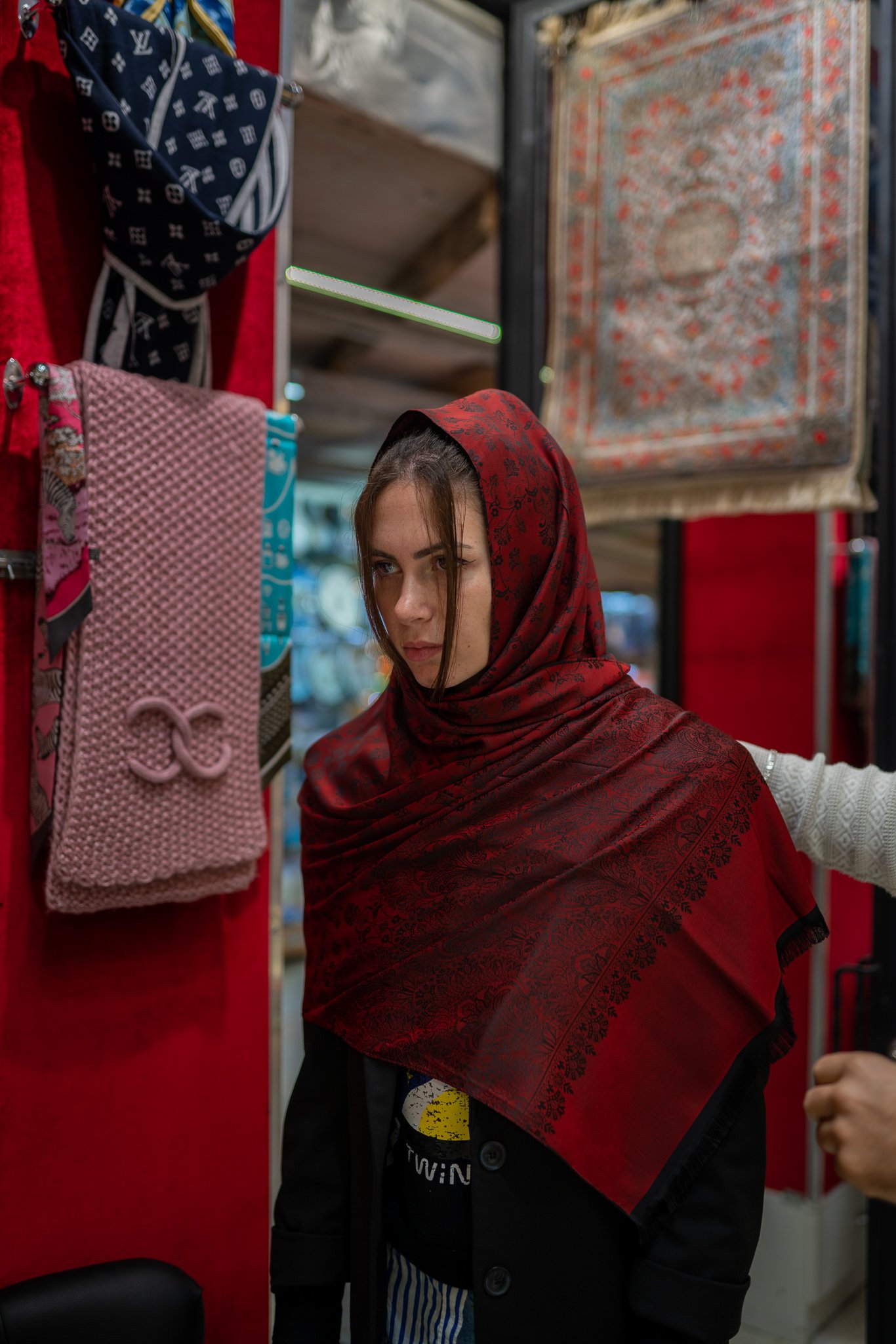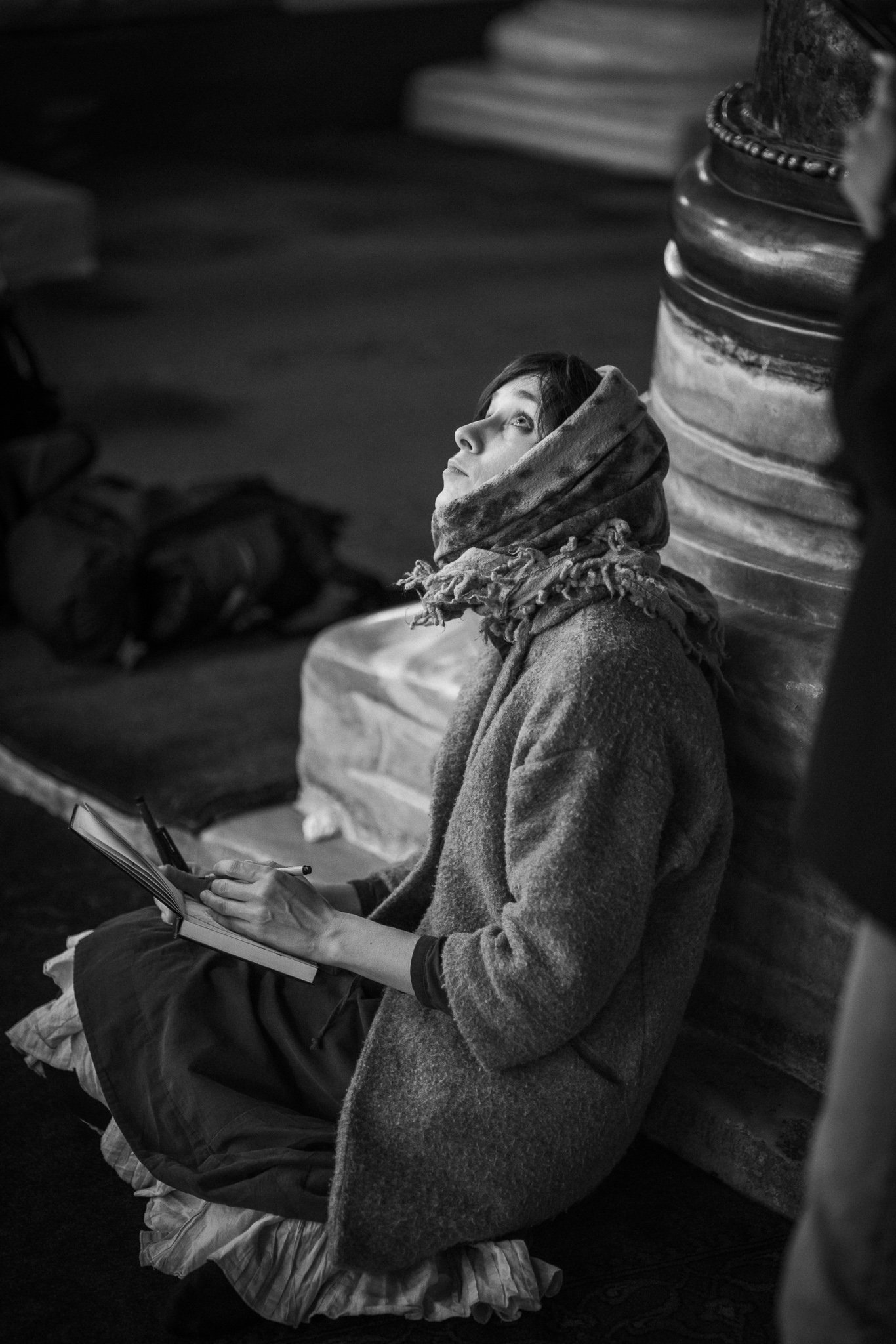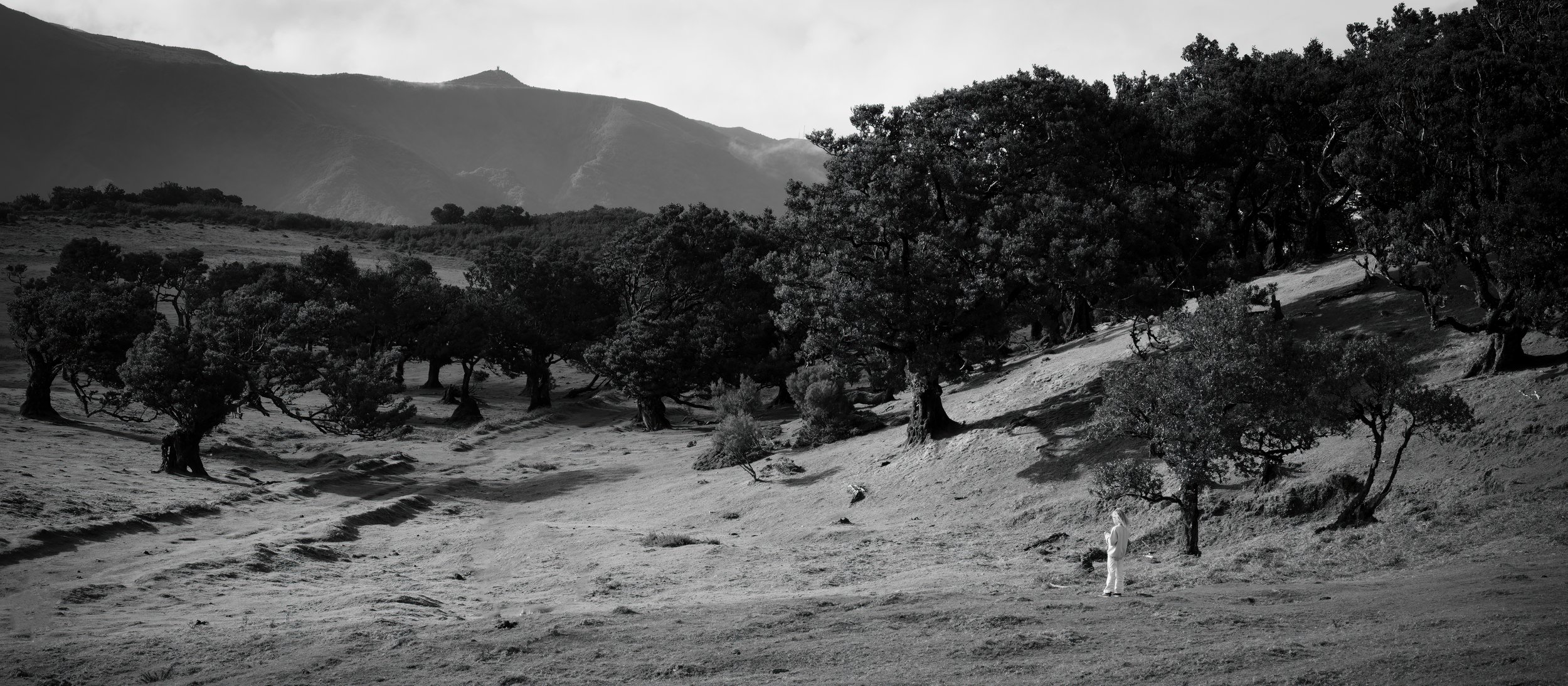A dive into Lifestyle photography
As a lifestyle photographer, I love capturing real, raw moments and emotions in my subjects. Lifestyle photography is all about capturing everyday life in a creative and visually appealing way. Whether it's a family at home, a couple on a date, or friends hanging out, the goal is to showcase the subject's personality and the beauty of their daily routine.
-
• Before I start shooting, I take the time to get to know my subject and understand what makes them unique.
•• Location is a crucial part of lifestyle photography, and I spend time researching and scouting for the perfect setting that complements my subject's personality and the mood I want to convey.
•••I make sure that my equipment is in good working order and that I have all the lenses and accessories I need to get the job done.
-
When I'm out shooting, I try to be as unobtrusive as possible, capturing candid moments as they happen.
- I always look for ways to use natural light to my advantage, whether that means shooting near a window or positioning my subject in a sunny spot.
Props and accessories can add a lot of interest to a lifestyle photo, so I make sure to bring along a few items that I think will help tell the story.
Experimenting with different angles and perspectives can add visual interest and a sense of movement to my photos, so I like to try different approaches until I find the perfect shot.
Here are some camera settings I use for different types of lifestyle photography:
Family at home: ISO 400, f/2.8, 1/60 sec, focal length 50mm
Couple on a date: ISO 800, f/2.8, 1/125 sec, focal length 35mm
Friends hanging out: ISO 800, f/2.8, 1/80 sec, focal length 85mm
Tips for shooting at night:
Use a tripod to keep your camera steady and avoid camera shake.
Use a flash or a slow-sync flash to light up your subjects and the background.
Experiment with different shutter speeds to capture different amounts of light and motion in your shots.
Use a higher ISO setting to make up for the lack of light, but be mindful of the noise that may result from using a high ISO.
-
After the shoot, I spend time editing and refining my photos to make sure they look their best.
I use editing tools to enhance colors, adjust contrasts, and remove any distracting elements that detract from the overall look of the image.
I pay close attention to the crop and framing of each photo, making sure that my subjects are properly positioned and that the composition is balanced and visually appealing.
-
Shooting lifestyle photography is all about capturing real moments and emotions, and these tips and tricks can help you get the best possible shots.
Whether you're a professional photographer or just starting out, the key to success in lifestyle photography is to be patient, observant, and always be ready to capture the unexpected.
I hope this article helps you in your journey as a lifestyle photographer! Let me know if there are any other changes you would like to make.
